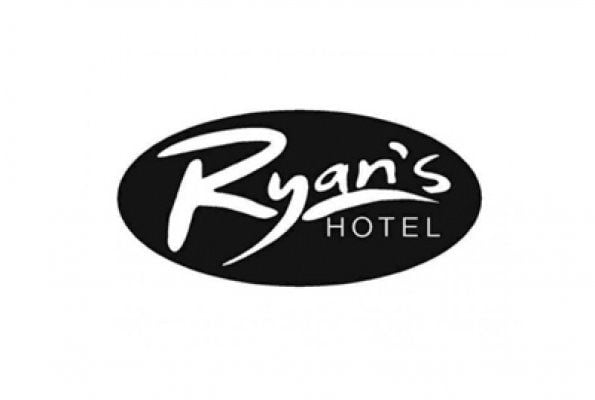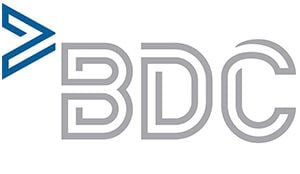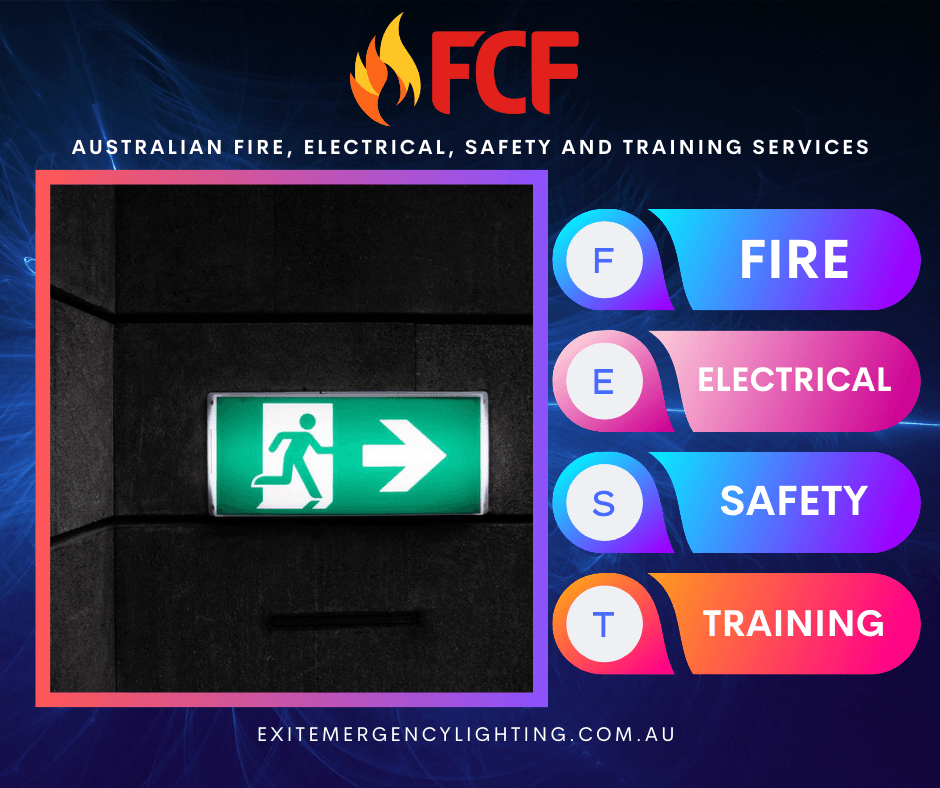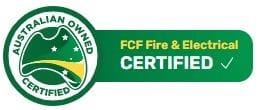The Guide to Conducting Fire Drills in Childcare Centres
)
Implementing Fire Drills in Childcare Centres requires a great deal of time and deliberation. It exists to give a full guide on what to do if a fire breaks out. As much as possible, the regulations, policies, and procedures are effectively conveyed to all staff members in the clearest and concise manner.
Above all these concerns, one should be able to answer a question for a reflective basis like, "How will you educate children in the facility to practice and understand the emergency evacuation plan?" Topics like this have to be treated with utmost diligence considering the impact it might do to the child; Furthermore instilling caution in the child while giving them a sense of comfort.
To initiate a fire drill evaluation, certain measures are to be taken into account such as the following:
- Evacuation drills should be conducted regularly. Involving kids may require a more frequent drill, perhaps every 3 months for them to completely grasp the idea of it and familiarise all important steps.
- These drills should be recorded and kept.
- Drills are different from each other by changing each scenario. Good practice involves a different cause of fire and at a different time of the day. If the situation is all too familiar, it is likely too vague and may not be effective enough.
- Be wary of the number of staff and children in the premises at different times. Would an evacuation be successful if 4 teachers are out for lunch? What is the minimum number of staff required to watch over children and supervise an emergency? You must consider the teacher-student ratio and how it can affect any given situation.
Steps in Conducting a Fire Drills in Childcare Centres
During Fire Drills in Childcare Centres, different situations may arise. You might have to evacuate immediately or wait for instructions if the fire is controllable. While it depends on the circumstances, these basic practices are your fundamental guidelines in dealing with any situation involving fire.
1. Identify Possible Threat And Assess The Emergency Situation
If the fire is easily spotted, move on to evacuating everyone. If not, make a brief assessment of where the smoke is coming from or where threats are hard to pass through before exiting the building.
2. Remain Calm And Raise The Alert
As much as possible, give a go signal without causing panic to the children.
3. Move Everybody Out
Make sure the windows are closed to confine the fire. Instruct children to walk briskly and stay calm while leaving the room in an orderly manner while children with a disability should be assisted carefully. Books, toys and other unimportant materials should be left behind before going to the assembly area. Be alert in keeping all the children together while leaving the premises and do a headcount to ascertain that no one is left behind. to make this Fire Drills in Childcare Centres easy.
4. Call The Fire Brigade
Phone 000 to inform the operator about the fire and follow their advice. Also, include where the staff and children are staying for immediate assistance.
5. Check Attendance
After children have evacuated, there must be a regular attendance check to ensure no one has strayed off the assembly area. At the same time, direct the children to refrain from separating from the group.
6. Grab The Emergency Kits
An emergency kit is ideally secured with nappies, water, parents' numbers and other needs of the child. A name tag may also be readily available or teachers may issue emergency management name tags.

7. Await Further Instructions
Be sure to stay in contact with the incident controller and authorised officer who will give updates on the situation and whether it is safe to go back or not.
In The Event Of A Fire
As a standard practice, using the acronym "RACE" will help remember the basics of what to do in a fire. This is a very useful tool especially that fire incidents may affect our memory.
R Rescue all persons, especially prioritising those nearest to the fire. When doing so, be alert in identifying dangerous areas that should be avoided. Also, stay close to the ground to avoid toxic gases.
A Activate alarm to immediately inform the rest of the occupants. This entails the knowledge of alarm locations.
C Confine the fire by closing all windows and doors. Do not use elevators, but only appropriate exit passageways.
E Extinguish flames if possible. The use of fire suppression systems is one of the priorities in fire training so that all staff are ready to fight fire.
The 4 W's
When a fire incident happens, a basic list of well-established information should be listed following the 4 W's.
WHO Gather all the names of people involved in the incident and the person reporting the incident
WHAT What is the nature of the emergency?
WHEN When did the fire occur and when did you become aware of it?
WHERE Where did it happen?
Conducting Fire Drills in Childcare Centres is not a walk in the park. Missing a small step can cause a huge fall on the safety meter of the facility, and nobody wants that to happen. Our team of experts is willing to share advice or two about your childcare safety requirements.

)
)
)
)
)
)
)
)
)
)
)
)
)
)
)
)
)
)
)
)
)
)
)
)
)
)
)
)



